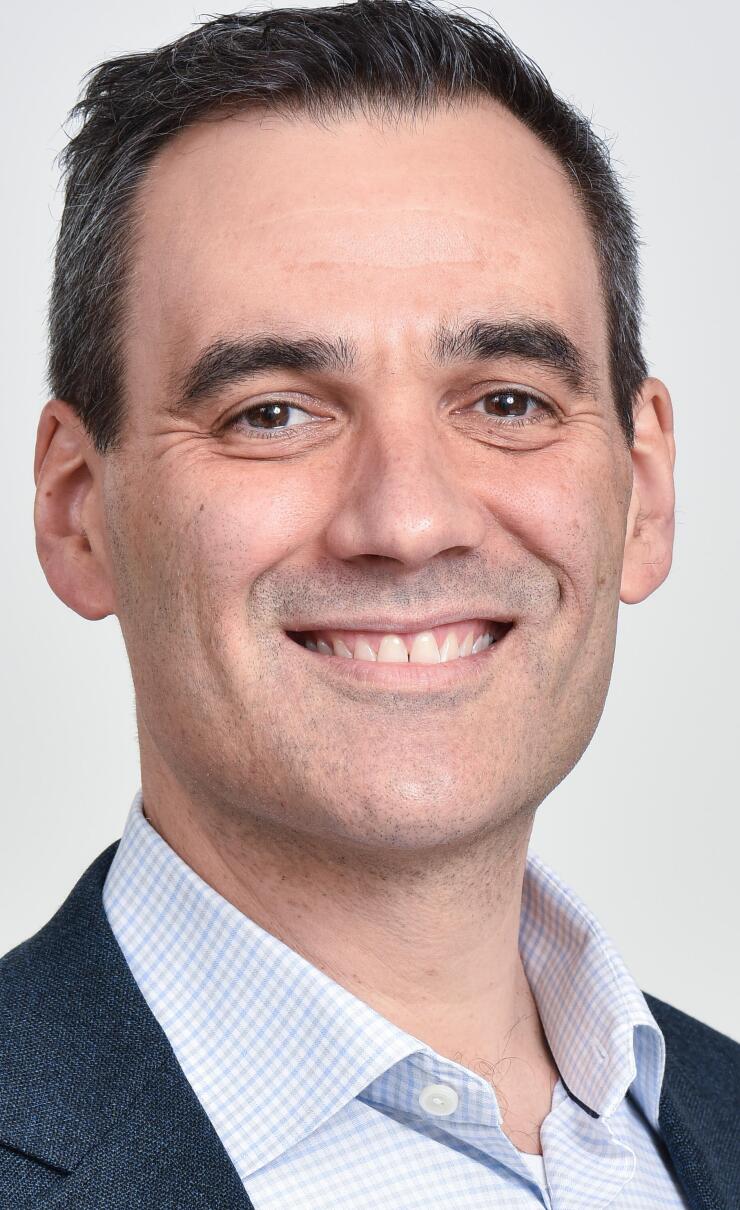Insurtech 2.0: Evolution, not disruption

This article is the first of a three-part series on aspects of “Insurtech 2.0.” This series examines what 2.0 means in the timeline of developing insurtech, the potential benefits technology advances can have, and how experts think Insurtech 2.0 should be applied to claims and underwriting functions.
The idea of “Insurtech 2.0” may be a simple way of defining eras of technology development in the insurance industry, but the reality of insurtech is evolution, states Bill Pieroni, president and CEO of ACORD, a standards-setting body for the global insurance industry.
Bill Pieroni, president and CEO of ACORD.
Still, the advent of the idea of “Insurtech 2.0” has some validity to describe the beginning of a new landscape for insurtech, one that has already seen new systems and methods put in place, Pieroni added.
“Insurtech 1.0” describes insurance carriers’ first efforts to improve on their technology and the beginnings of start-ups forming to address carrier’s needs. This first wave was more focused on customer experience, with just some attention to operations, according to Pieroni. However, in an industry where about 27% of premium dollars are spent on underwriting and 73% on claims, only about 8% of Insurtech 1.0 spending went toward claims and underwriting functions, Pieroni said.
The boom and bust for insurtechs from 2020 through 2022, when the number of startups rose sharply and more investors were backing insurtech development, could mark the beginning of Insurtech 2.0. This phase, however, saw many start-ups convinced they had great ideas for how to overhaul insurance industry operations, even without well-rounded leadership with both insurance and technology experience.

Steve Anderson, co-founder and CEO of Catalyit.
“Often they were technical people who saw a problem and thought they could fix it without understanding the ecosystem they’re trying to get into,” said Steve Anderson, CEO and co-founder of Catalyit, a technology services provider for independent agents.
As a result, many insurtech startups either failed or were acquired for their technology. Some tried to get support through SPAC financing. Some entrepreneurs who failed brought what they developed and learned to roles with carriers, according to Darryl Siry, chief operating and technology officer at Cover Whale, a commercial auto insurtech company. “They go and they’re the chief actuary of a traditional insurance company, but they bring the knowledge that was gained,” he said.

Darryl Siry, chief operating and technology officer at Cover Whale.
That doesn’t necessarily mean disruption, Siry added. “Disruption is the wrong framing of the issue. The insurance industry is actually pretty good at what it does,” he said. “There is no company that’s going to be started in the insurtech space that’s going to then dominate all the other insurance companies. It’s just not going to happen. Some will succeed. Some will fail, but the overall insurance industry will evolve and benefit.”

Ellen Carney, principal analyst at Forrester Research.
In Insurtech 2.0, startups will need “better business discipline and understanding of the business of insurance,” said Ellen Carney, principal analyst at Forrester Research. Yet insurers will still need tech integration partners who can “put all the pieces together,” she added.
The evolution identified as Insurance 2.0 should “be really focused on where the value is and where the cost is in transforming business models,” ACORD’s Pieroni said.
Insurtech startups are finding it harder to get support from venture capital firms that were funding many insurtechs two to four years ago, according to Anderson.
“I do see more stress in the startup world specifically because money’s more expensive,” he said. “Outside investment, VC or PE, is not drying up but it’s certainly more difficult and we’re seeing that in our interaction with some of those solution providers. They’re scaling back. They don’t have the marketing money. That’s an aspect of who’s going to survive and be around in the next few years.”







